 8 September is the Feast of our Lady's nativity but it is also Victoria Day for the Knights of Malta, the day when, with our Lady's help, they defeated the Ottoman Turkish invasion of their home and headquarters on the island of Malta.
8 September is the Feast of our Lady's nativity but it is also Victoria Day for the Knights of Malta, the day when, with our Lady's help, they defeated the Ottoman Turkish invasion of their home and headquarters on the island of Malta.It is is also "Malta Day" for the same reason.
The Knights Hospitaller (also known as the Sovereign Order of Saint John of Jerusalem, of Rhodes and of Malta; the Knights of Malta; the Knights of Rhodes; and Les Chevaliers de Malte) is an organization that began as an Amalfitan hospital founded in Jerusalem in 1080 to provide care for poor and sick pilgrims to the Holy Land.
After the conquest of Jerusalem in 1099 during the First Crusade it became a religious/military order under its own charter, and was charged with the care and defence of pilgrims to the Holy Land. Following the loss of Christian territory in the Holy Land, the Order operated from Rhodes, over which it was sovereign, and later from Malta under the grand magistry of the renowned religious, soldier and defender of Malta from the Turks, Prince and Grand Master Jean Parisot de la Valette, after whom Valetta in Malta is named.
After the loss of the Holy Land and years of moving from place to place in Europe, the Knights were established on Malta in 1530, when the Holy Roman Emperor, Charles V, as King of Sicily, gave them Malta, Gozo and the North African port of Tripoli in perpetual fiefdom in exchange for an annual fee of a single Maltese falcon, which they were to send on All Souls Day to the Viceroy of Sicily, who acted as the King's representative. (This historical fact was used in Dashiell Hammett's famous book The Maltese Falcon).
It was from here that the Hospitallers continued their actions against the marauding Muslims and especially the savage Barbary pirates.
Although they had only a small number of ships, the Muslim Ottomans were less than happy to see the order resettled. Accordingly, Sultan Suleiman assembled another massive invasion force in order to dislodge the Knights from Malta, and in 1565 invaded, starting the Great Siege of Malta.This siege proved one of the great victories of history for an undermanned and vastly outnumbered defence force, numbering some 700 knights and about 8000 soldiers.
At first the battle looked to be a repeat of the earlier defeat of the Knights at Rhodes. Most of the cities were destroyed and about half the Knights died in battle. On 18 August the position of the besieged was becoming desperate: dwindling daily in numbers, they were becoming too feeble to hold the long line of fortifications. But when his council suggested the abandonment of Il Borgo and Senglea and withdrawal to Fort St. Angelo, Grand Master La Valette remained obdurate.
The Viceroy of Sicily had not brought help. Possibly the orders of his master, Philip II of Spain, were so obscurely worded as to put on his own shoulders the burden of a decision – a responsibility which he was unwilling to discharge because defeat would mean exposing Sicily to the Turks. Whatever may have been the cause of his delay, the Viceroy hesitated until the indignation of his own officers forced him to move, and then the battle had almost been won by the unaided efforts of the Knights.
On 23 August came yet another grand assault, the last serious effort, as it proved, of the besiegers. It was thrown back with the greatest difficulty, even the wounded taking part in the defence. The plight of the Turkish forces, however, was now desperate. With the exception of Fort St Elmo, the fortifications were still intact. Working night and day, the garrison had repaired the breaches, and the capture of Malta seemed more and more impossible. The terrible summer months had laid many of the troops low with sickness in their crowded quarters. Ammunition and food were beginning to run short, and the Turkish troops were becoming more and more dispirited at the failure of their numerous attacks and the unending toll of lives.

The death of Dragut, a corsair and admiral of the Ottoman fleet and skilled commander, on 23 June, had proved an incalculable loss. The Turkish commanders, Piyale Pasha and Mustafa Pasha, took few precautions, and, though they had a huge fleet, they never used it with any effect except on one solitary occasion. They neglected their communications with the African coast and made no attempt to watch and intercept Sicilian reinforcements.
On 1 September they made their last effort, but all threats and cajoleries had little effect on dispirited Turkish troops, who refused any longer to believe in the possibility of capturing those terrible fortresses. The feebleness of the attack was a great encouragement to the besieged, who now began to see hopes of deliverance. Perplexity and indecision of the Turks were cut short by the news of the arrival of Sicilian reinforcements in Mellieħa Bay. Unaware of the small size of this new force, they hastily evacuated and sailed away on 8 September, the Feast of the Nativity of the Blessed Virgin, ever after celebrated by the Order of Malta as "Victoria Day".
At the moment of the Turkish departure the Order had left 600 men capable of bearing arms, but the losses of the Ottomans had been yet more fearful. The most reliable estimate puts the number of the Turkish army at its height at some 40,000 men, of which but 15,000 returned to Constantinople. The siege is portrayed vividly in the frescoes of Matteo Perez d'Aleccio in the Hall of St. Michael and St. George, also known as the Throne Room, in the Grand Master's Palace in Valletta. Four of the original modellos, painted in oils by Perez d'Aleccio between 1576 and 1581, can be found in the Cube Room of the Queen's House at Greenwich, London. After the siege a new city had to be built – the present city of Valletta, so named in memory of the Grand Master who had sustained this siege.
In 1607, the Head of the Order, the Grand Master, was granted the rank of Reichsfürst (Prince of the Holy Roman Empire). In 1630 the Grand Master was awarded ecclesiastic equality with the Cardinals and the uniquely hybrid style "His Most Eminent Highness", reflecting both qualities qualifying him as a true prince of the Church.
Following the Christian victory over the Ottoman fleet in the Battle of Lepanto in 1570, the Knights continued to defend Christendom from Barbary pirates and Muslim raiders.
The Patron Saint of the Order is our Lady of Philermo whose image was first acquired when the Knights were still settled on the island of Rhodes. The icon, depicted below, is ancient and famous.

...













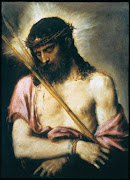



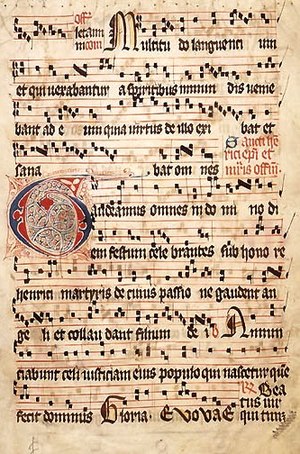

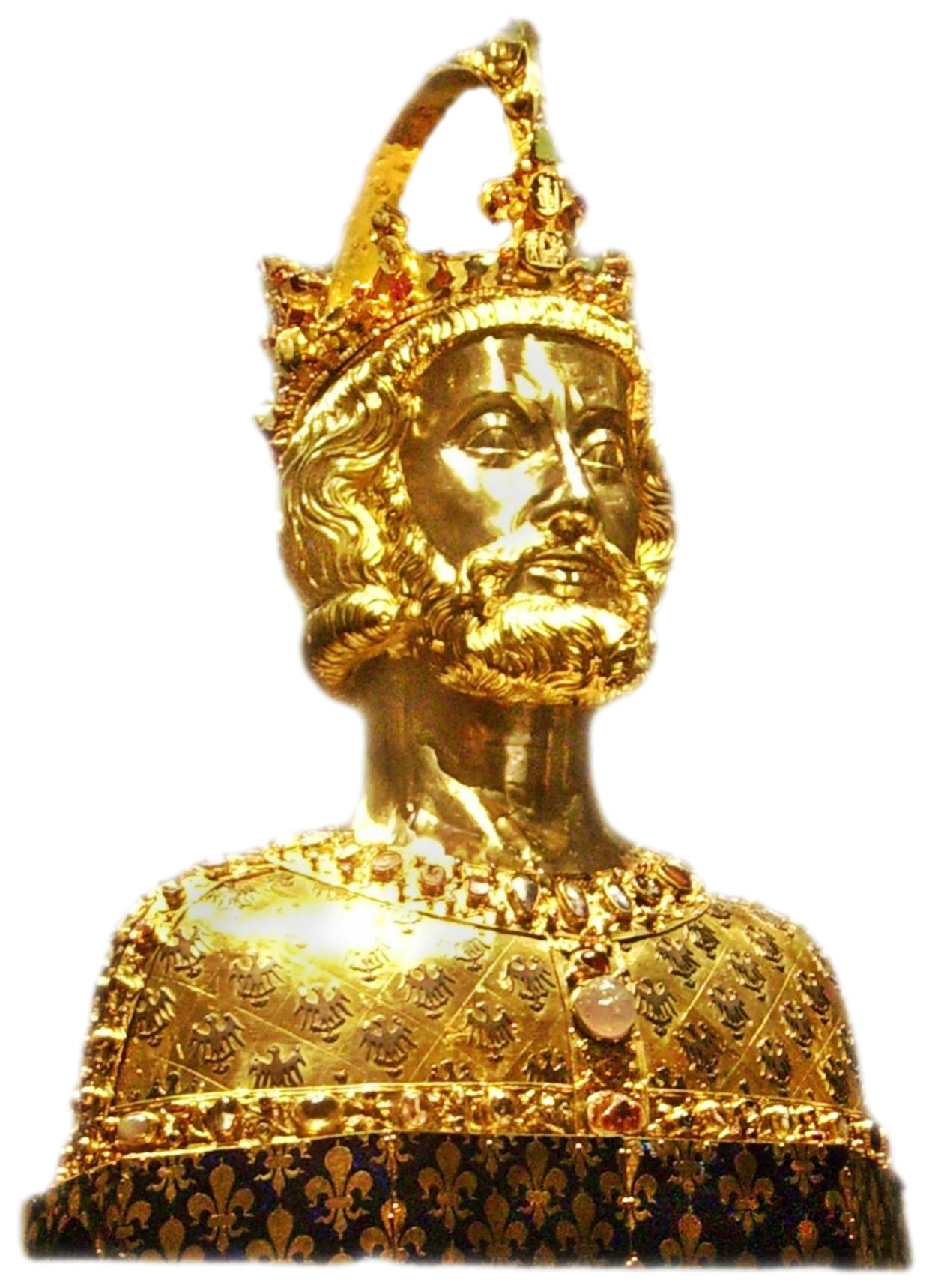



.jpg)





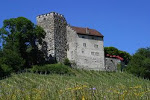


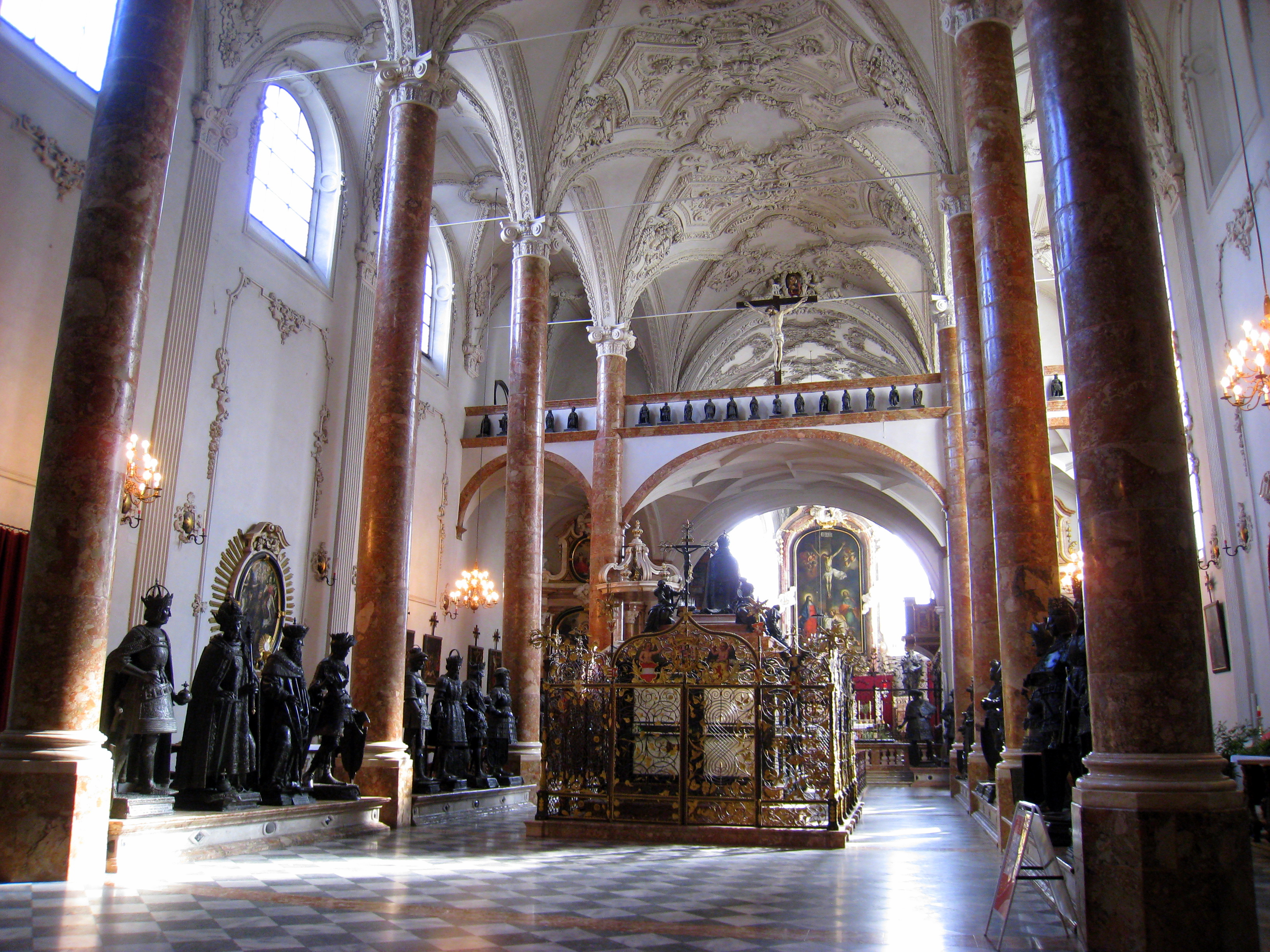


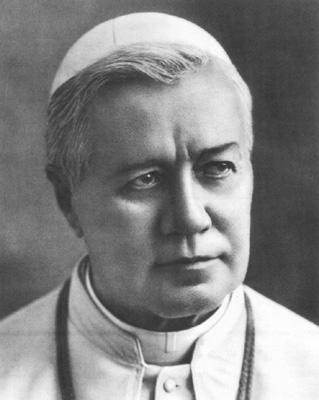










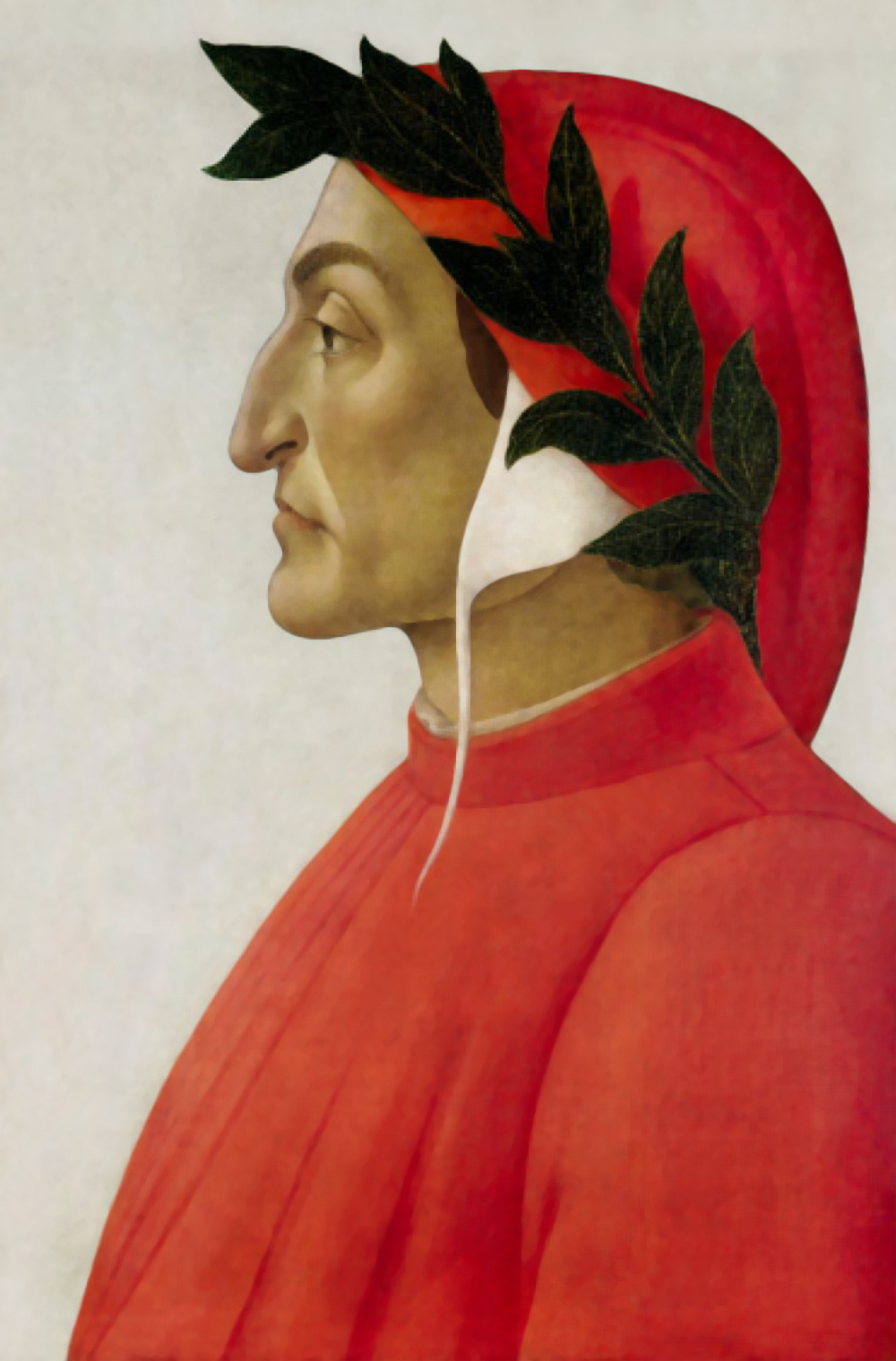



_-002.jpg/220px-Circle_of_Anton_Raphael_Mengs,_Henry_Benedict_Maria_Clement_Stuart,_Cardinal_York_(ca_1750)_-002.jpg)


